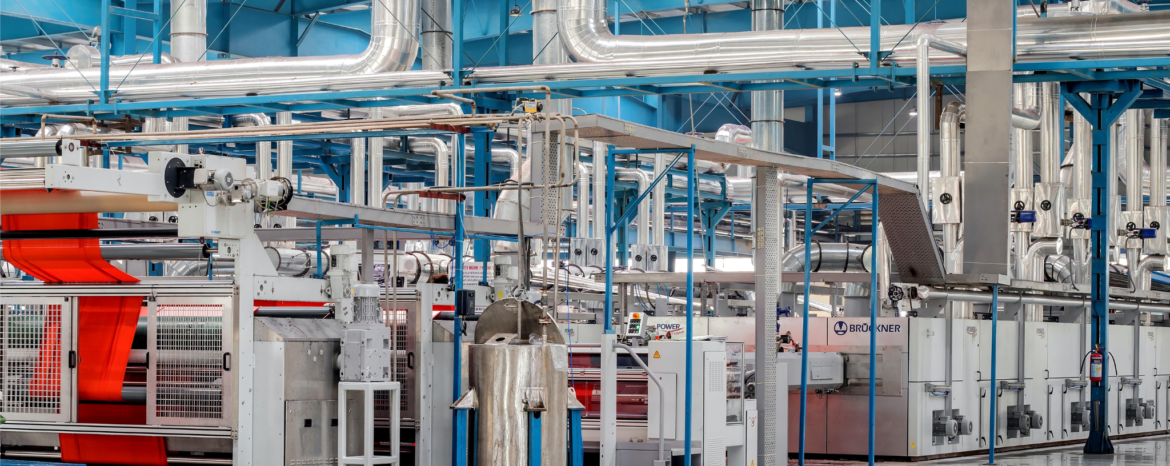Introduction
Traditionally, Special Economic Zones (SEZs) were established to enhance trade and open the economy of a country. It was evident that SEZs attracted foreign investments and gave a real push to the industrial development in particular regions.
Historically, the first SEZ was an industrial park set up in Puerto Rico in 1947 to attract investment from the US mainland. In India, SEZs was first introduced in 2005, when the Government of India passed new legislation called the “Special Economic Zones (SEZ) Bill 2005” regulating policies and drafting out the structure for setting up a SEZ units. This bill covers all important legal and regulatory aspects of SEZ development in India.
These SEZ units were established primarily for the development of Medium Small Micro Enterprises (MSME) to assist them to enhance foreign investments, increase exports, create job opportunities and promote regional development in order to boost the economy of the country. These SEZ units are regarded as foreign territories for the purpose of tax and duties. The units enjoy privileges such as export incentives and a foreign currency exemption scheme & are designed to serve to both the domestic and export markets.
In India, the first SEZ was established in the year 1963 in Kandla which is in the State of Gujarat. However, since the passing of the SEZ law notified on February 10th, 2006, a number of SEZs have been created all over India. These SEZs are tax free enclaves within the country that hold separate sets of regulations and fiscal incentives like tax exemptions and access to better and more efficient infrastructure.
Over the years, the Special Economic Zones Act of 2005 began losing its charm, as with economic development, the SEZ Act, 2005 became outdated and redundant. With the enforcement of a minimal alternate tax and the adoption of a sunset clause for the removal of tax benefits, these zones craved for new and updated regulations.
Inception
On account of a recent dispute with the WTO in the year 2019, wherein the dispute settlement panel ruled against the subsidiaries and incentives given by India to companies in the SEZs as a violation of the WTO’s Agreement on Subsidies & Countervailing Measures (SCM), India is set to revamp its earlier Act of 2005 and draft a new SEZ policy that shall be in line with the changing requirements of the Indian economy and that takes into consideration global experience on SEZs.
The Indian Government in its recent Parliamentary monsoon session has proposed to introduce the new SEZ 2.0 or the Development Enterprise and Services Hub (DESH) Bill, 2022. By introducing this new Bill, the government is seeking to go beyond export-oriented manufacturing and focus on broad-based parameters such as boosting additional economic activity, generating employment, and integrating various industrial hubs. The new law will bring within its scope all the existing and new industrial hubs in order to make ample use of all the available infrastructure and enhance the competitiveness of exports. The DESH Bill is said to be in compliance with the WTO Agreement. It is proposed that the Bill will encourage more participation from the States government and could be a single window clearance of applications perceived at both State and Central level.
Unlike the earlier system, wherein incentives were provided based on exports made, this new Bill shall aim at creating development hubs with high levels of infrastructure which shall not only focus on international exports but also cater to domestic consumption. In order to boost the ease of doing business, the bill also proposes the setting up and maintenance of an online portal within 6 months from the date of commencement of the Act.
The government has attempted to modify certain rules as entities shall pay customs duty on the inputs used and not on expensive final goods. The Bill also seeks to integrate existing industrial estates such as textiles and food parks by converting them into developmental hubs.
The Bill has introduced two types of developmental hubs and classified them as enterprise hubs and services hubs. While the enterprise hubs will need to maintain a certain land-based area and shall be allowed for both manufacturing and service activities, however, services hubs will have built-up area requirements and be allowed for services-related activities only. These hubs, which will come up under the regional boards of states, that shall be formulated at central level or by states or jointly or by any goods and services provider.
One of the key aspects of the new DESH Bill is also to promote the expansion of service sector units. Currently, only specified services such as IT, ITeS are allowed in special economic zones. The Bill also proposes to offer tax benefits and other sops. According to reports, the draft bill proposes to freeze the corporation tax at a concessional 15% for greenfield and brownfield units in the developmental hubs.
Conclusion:
With the incoming new and revised law, the manufacturing sector in India shall get the required push that it needs to take India to the center stage as the manufacturing hub of the world. However, there are some open issues which the draft DESH Bill seeks to identify and address through consultations with its committee and stakeholders. While coordinated action from the Government of India, state governments, industry associations, investors and all stakeholders are required, once implemented the new DESH Bill shall prove to be a game changer for India and go a long way towards realizing the goal of making it a USD 5 trillion economy by FY 2026.
If you have any inquiries or want to know more about SEZs in India, feel free to shoot us an e-mail at: info@dandreapartners.com.




